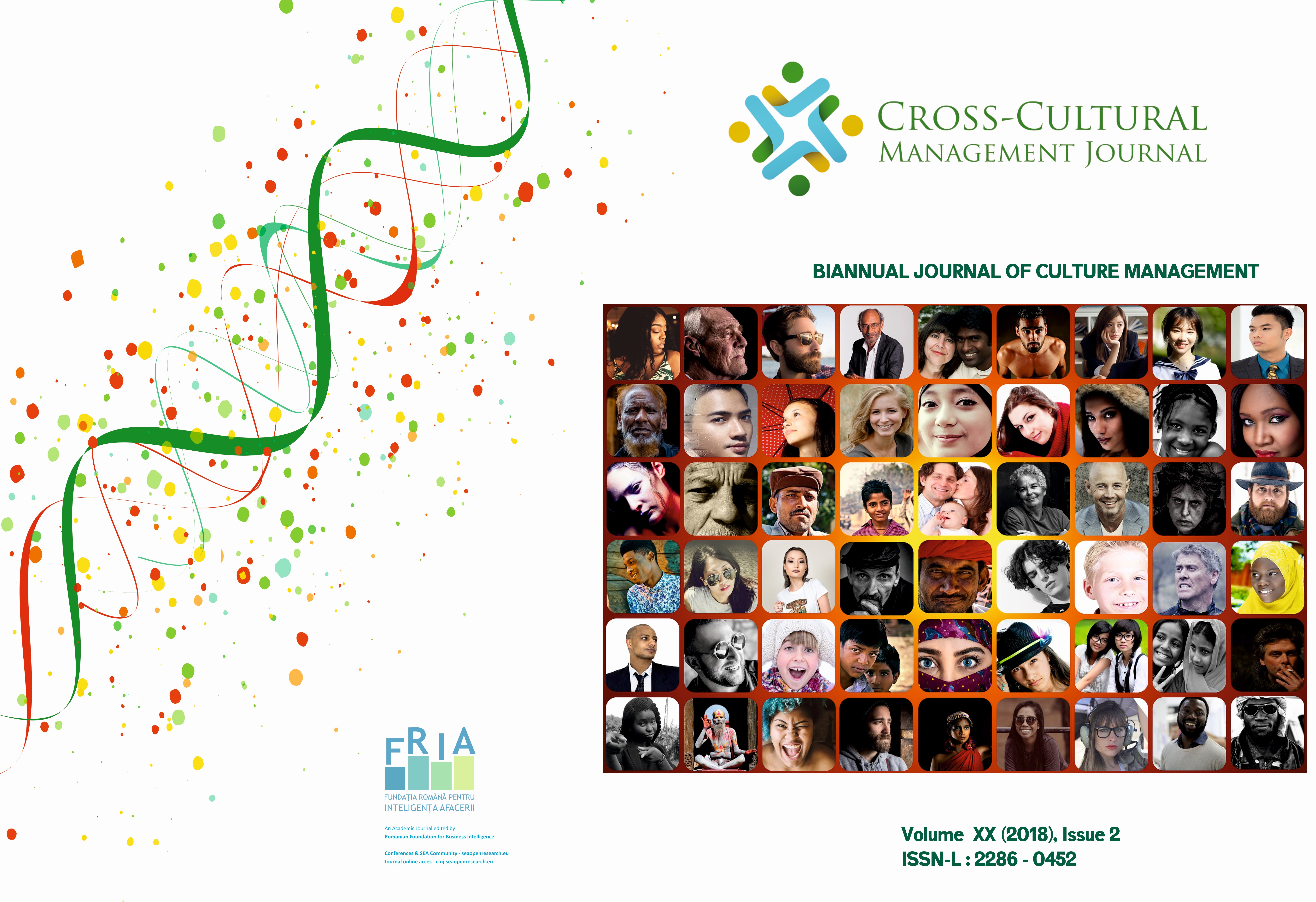AN ANALYSIS OF DIFFERENCES IN THE WAY THAT PUPILS WITH AND WITHOUT SPEECH DISORDERS MAKE USE OF THEIR LEARNING STYLES
AN ANALYSIS OF DIFFERENCES IN THE WAY THAT PUPILS WITH AND WITHOUT SPEECH DISORDERS MAKE USE OF THEIR LEARNING STYLES
Author(s): Liliana MÂȚĂ, Cristina GHIȚĂ, Georgeta Pânișoară, Silvia FătSubject(s): School education, Behaviorism, Evaluation research
Published by: Fundatia Română pentru Inteligenta Afacerii
Keywords: Speech disorders; Learning; Learning styles;
Summary/Abstract: The present article aims to describe various types of learning styles and how learning could be improved for further progress. Although there is plenty of scientific research on learning styles, the test outcomes are not widely used in learning practice. This research was designed to identify the learning style of over 20 children with and without speech difficulties, using the questionnaire adapted by P. Honey and A. Mumford in 1986, from Kolb’s experiential cycle. The investigation aims to answer two questions: 1. what learning styles are frequently used by children between 6-10 years old? 2. are there different preferences of the children with and without language disorders? As a conclusion to these findings, the article will reveal some educational implications of the SL testing act.
Journal: Cross-Cultural Management Journal
- Issue Year: XX/2018
- Issue No: 02
- Page Range: 131-138
- Page Count: 8
- Language: English

